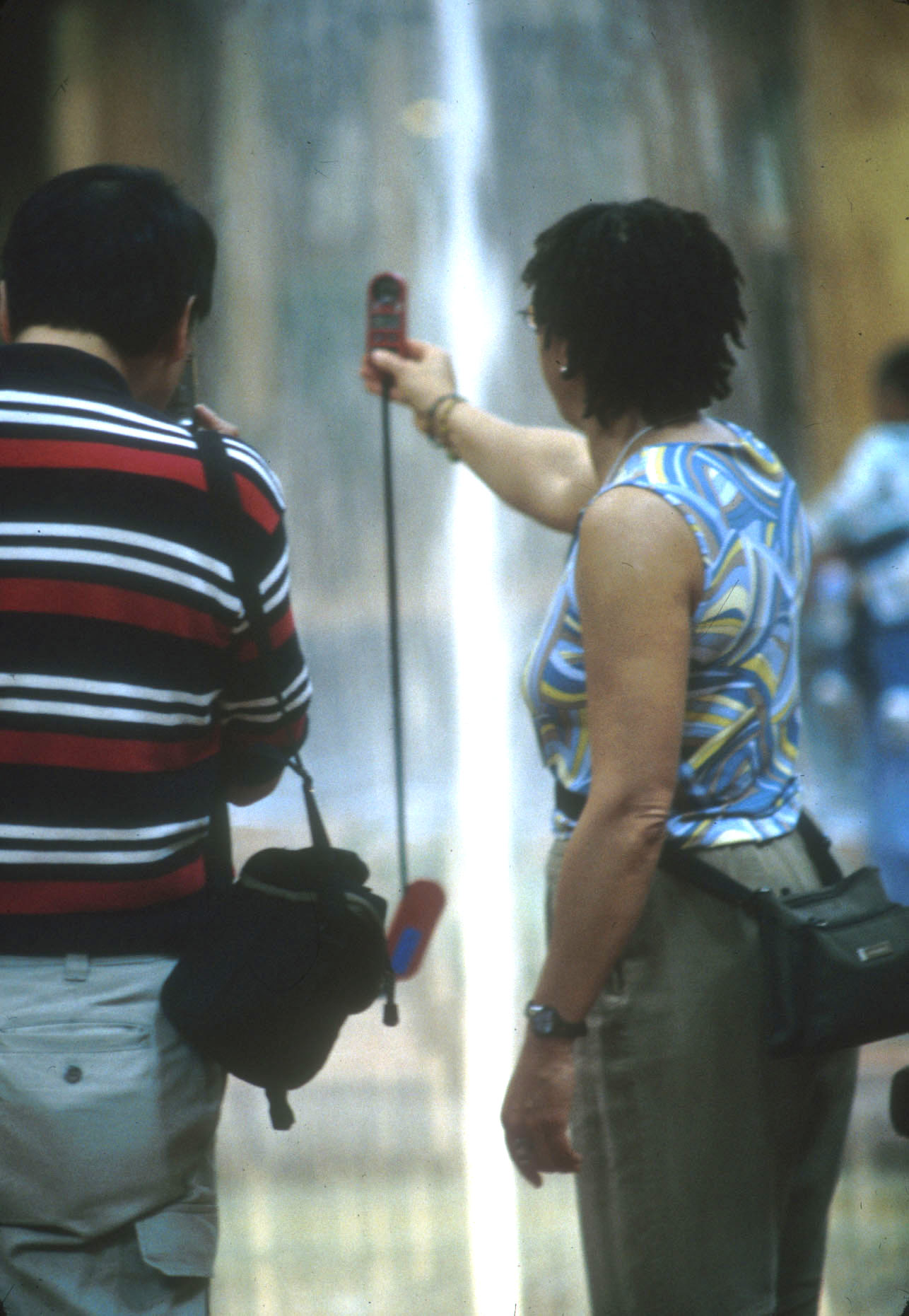 |
Arch 571 |
| Building
Performance Evaluation
Instructor: Bruce Haglund |
 |
Arch 571 |
| Building
Performance Evaluation
Instructor: Bruce Haglund |
This class addresses a secret life of buildings, one related to physical performance. Think of a building that has been a source of architectural inspiration for you. How much do you know about the physical environment it creates? Its amenities as viewed from an occupant's perspective? The energy it consumes? As we seek design solutions that meet the Architecture 2030 Challenge, energy performance and human performance of buildings becomes more important and more widely investigated.
These performance questions were addressed by the Vital Signs Project, a curriculum materials development effort funded by the Energy Foundation, Pacific Gas & Electric, and the National Science Foundation and by the Agents of Change Project, a teaching improvement effort employing Vital Signs methods and funded by the US Department of Education Fund for Improvement of Post-Secondary Education. The Projects were coordinated through the Center for Environmental Design Research at the University of California, Berkeley, and the University of Oregon with great support from members of the Society of Building Science Educators. These projects encourage architecture students to examine architectural, lighting, and thermal systems in existing buildings with attention to energy use, occupant well-being, and architectural spacemaking. Project participants have assembled a collection of measurement techniques, often involving novel approaches, to reveal operating patterns in the complex environment of contemporary buildings. The equipment used in this class has been provided by the Agents of Change Project.
The Vital Signs Project applies these techniques in modular Resource Packages that address physical building performance issues. In this process, existing buildings serve as laboratories and offer interesting lessons on the success and failure of various design methods. This approach has a number of benefits. The personal experience students gain in performing the evaluations contributes to their experiential knowledge base at a formative time. Analysis of data collected in the field and the comparison of these data to values given by simulation tools provides a foundation for understanding the more abstract tools and standards used in practice by designers. Finally, students can share these experiences with other students and schools in the form of web-based case studies.
Method of Inquiry
Small teams of students will develop case studies (based on one or more hypotheses) of interesting buildings during the semester. The primary means of documenting each case study will be a camera-ready pdf suitable for printing in High Performing Buildings magazine (free digital issues available on-line) or in a paper submitted for presentation at an academic or professional conference. Each case study document should include:
Students may use any of the methods of investigation presented in the texts, the Vital Signs Homepage, and the CBE on-line survey, as well as techniques they develop during the semester. Additionally, several class sessions will be devoted to field studies of interesting phenomena in Moscow and to labs for learning about pertinent software.
Environmental Performance Certificates
Format for Display Energy Certificates for Public Buildings:
Grading
The final grade will be determined by the completion and presentation of the intermediate projects (25%) and the quality and presentation of the final camera-ready copy (75%).
| Text | Schedule |
| Past Case Studies | Boise Tool Day |